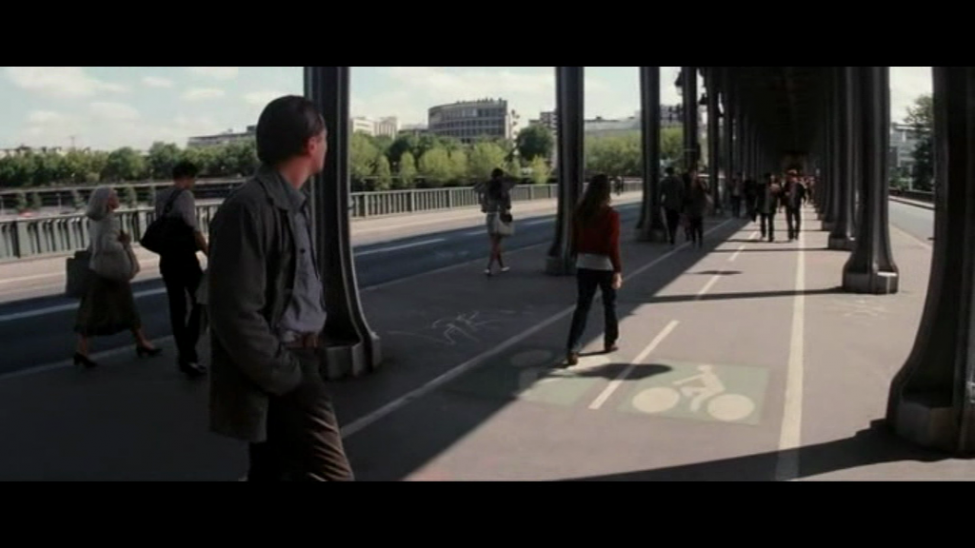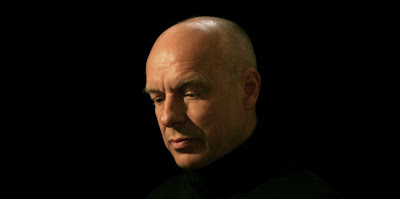Quentin Tarantino concludes his seventh feature, the Nazi-bludgeoning fantasy Inglourious Basterds, with a grisly flourish and a self-satisfied review. Having performed one of his signature mutilations, a character peers down at his handiwork and into the camera and declares: "This might just be my masterpiece." This is typical Tarantino bluster, in keeping with the image of the bratty wunderkind that he worked hard to cultivate and that, even at 46, he refuses to outgrow. But as the rare filmmaker who's also an avid reader of film reviews, he also surely knows that it's been a while since the critical establishment thought of him as a maker of masterpieces.
Since it premiered at Cannes in May, Basterds has met with some wildly conflicting reactions (some of them—no surprise given its breezily outrageous approach to a loaded subject—highly negative and morally accusatory). Tarantino's career since Pulp Fiction continues to seem like one long backlash. Could it be that one of the most overrated directors of the '90s has become one of the most underrated of the aughts?
Tarantino's filmography is split in two by the six-year gap that separated Jackie Brown (1997) and Kill Bill Vol. 1(2003), during which, among other things, he worked on the notoriously unwieldy Basterds screenplay (which was at one point supposed to be a miniseries). The received wisdom has it that he never quite made a comeback. But the criticisms most frequently leveled against him these days—he's a rip-off artist, he makes movies that relate only to other movies, he knows nothing of real life, he could use some sensitivity training—apply equally, if not more so, to the earlier films. (Reservoir Dogs lifted many of its tricks directly from the Hong Kong film City on Fire; Pulp Fiction and Jackie Brown are the Tarantino movies with the most flamboyant use of racist language.) Reviewers and audiences may have wearied of the blowhard auteur, but there's an argument to be made that Tarantino, far from a burnout case, is just hitting his stride, and that his movies, in recent years, have only grown freer and more radical.
Taken as a yin-yang whole, Kill Bill Vol. 1 and Vol. 2 constitute a globe-spanning feat of genre scholarship, blithely connecting the dots from Chinese kung fu to Japanese swordplay, from blaxploitation to manga to spaghetti Western. Tarantino's reference-happy method is often dismissed as know-it-all geekery or stunted nostalgia, the video-store dreams of an eternal fanboy. But there is something strikingly of the moment and perhaps even utopian about Kill Bill's obsessive pastiche, which at once celebrates and demonstrates the possibilities of the voracious, hyperlinked 21st-century media gestalt: the idea that whole histories and entire worlds of pop culture are up for grabs, waiting to be revived, reclaimed, remixed.
First released as part of Grindhouse, 2007's double-header exercise in retro sleaze, Death Proof confirmed that Tarantino has no interest, or maybe is incapable of, straightforward homage, even when that's the nominal assignment. While partner in crime Robert Rodriguez tossed off a scattershot bit of zombie schlock for his contribution (Planet Terror), Tarantino borrowed a few motifs from sorority slashers and car-chase zone-outs and fashioned a curious formal experiment that would have given a '70s exploitation producer fits. Death Proof (on DVD in an unrated, extended version) is split down the middle into mirror-image halves. In each segment, the same scenario unfolds (with very different outcomes): a group of young women has a scary run-in with Stuntman Mike (Kurt Russell), a killer in a muscle car, and the exhilarating final burst of action is preceded by a provocatively long bout of directionless yapping.
Like their creator, Tarantino's characters never shut up and are plainly enthralled by the sound of their own voices. More than the spasms of violence, the lifeblood of his movies is their ornate dialogue, which tends to unfurl at great, meandering length. (Tarantino was sly enough to call attention to this hallmark early on: In Reservoir Dogs, when Tim Roth's character, an undercover cop, is handed the scripted anecdote that he will have to perform to pass as Mr. Orange, he balks at the sheer level of detail: "I've got to memorize all this? There's over four fucking pages of shit here.") Tarantino movies are known for two kinds of verbal expulsions: the stem-winding monologue (Samuel L. Jackson's Old Testament shtick in Pulp Fiction) and the micro-observational tangent (Steve Buscemi's anti-tipping tirade in Reservoir Dogs). In Death Proof, which revels in a buzzed, leisurely camaraderie, he quietly masters a third kind: the language of downtime and hanging out, not exactly naturalistic (his most subdued chatter retains a heightened quality) but less baroque and truer to the rhythms of actual human interaction. Modest as it seems, Death Proof is in fact a clear-cut demonstration of Tarantino's gifts. By so pointedly breaking the film into long, alternating sections—talk, action, talk, action—he distends the normal rhythm of his movies, weighing aural against visual spectacle and pushing each to its limit.
But it's in Inglourious Basterds that the relationship between language and action becomes truly charged. Though the violence (much of it perpetrated by Jews against Nazis, with baseball bats and bowie knives) is graphic and memorable, the film consists largely of one-on-one verbal showdowns. As in Death Proof, but with greater purpose, Tarantino gives the conversations room to soar and stall and double back on themselves (especially in two agonizingly tense and protracted scenes, in a farmhouse and a basement tavern). Language is the chief weapon of the insinuating villain, brilliantly played by Christoph Waltz, a Nazi colonel fluent in German, English, French, and Italian. Power resides in the persuasiveness of speech; the success of undercover missions hinges on the ability to master accents; and as characters strive to maintain false pretenses, words are a means of forestalling death.
Inglourious Basterds addresses head-on many of the standard anti-Tarantino criticisms. You say he makes movies that are just about movies? You think they present violence without a context? Luring the elite of the Third Reich to an Art Deco cinematheque in Nazi-occupied Paris, Basterds gleefully uses film history to turn the tables on world history; its context is nothing less than the worst atrocity of the 20th century. This only seems to have further infuriated Tarantino's detractors, some of whom are appalled that this terminal adolescent would dare to indulge his notorious penchant for vengeful wish fulfillment on such sensitive and sacrosanct material.
Needless to say, Tarantino's movie shares little common ground with—and, indeed, is probably a direct response to—your typical Holocaust drama. It has no interest in somber commemoration, and it refuses to deny the very real satisfactions of revenge. Like all of Tarantino's films, Inglourious Basterds is about its maker's crazy faith in movies, in their ability to create a parallel universe. His films have always implicitly insisted that movies are an alternative to real life, and with Inglourious Basterds, for the first time, he has done something at once preposterous and poignant: He takes that maxim at face value and creates his own counterfactual history. It may not be his masterpiece, but for sheer chutzpah, it will be hard to top.
By Dennis Lim Posted Thursday, Aug. 20, 2009, at 1:13 PM ETOriginally published on Slate.com























